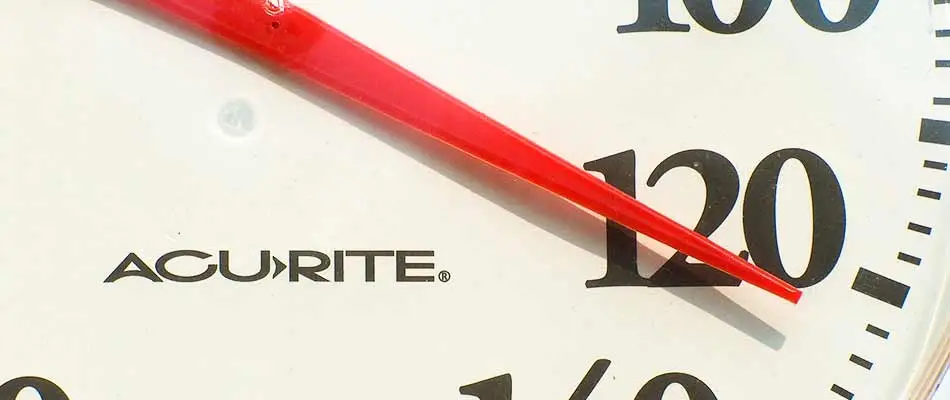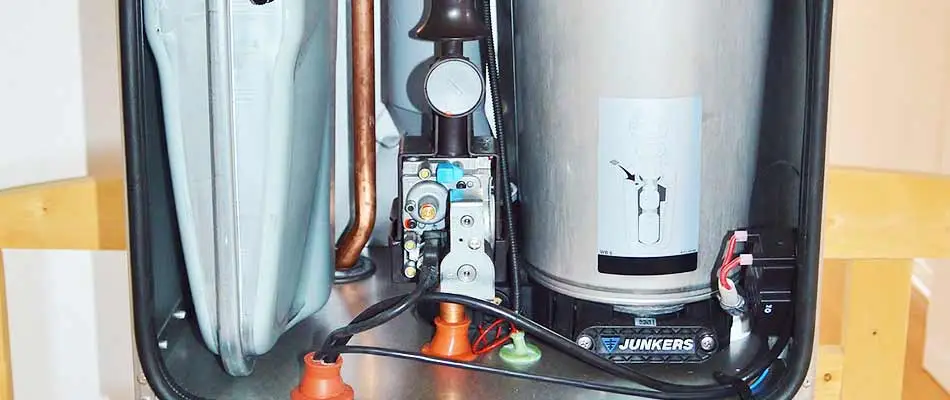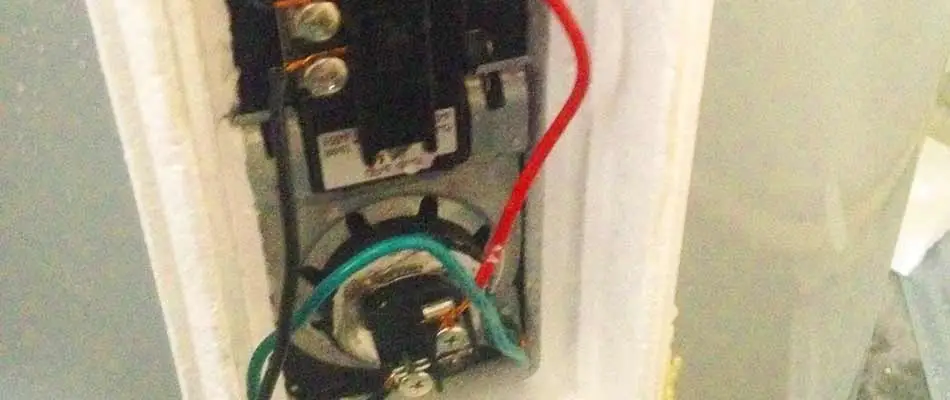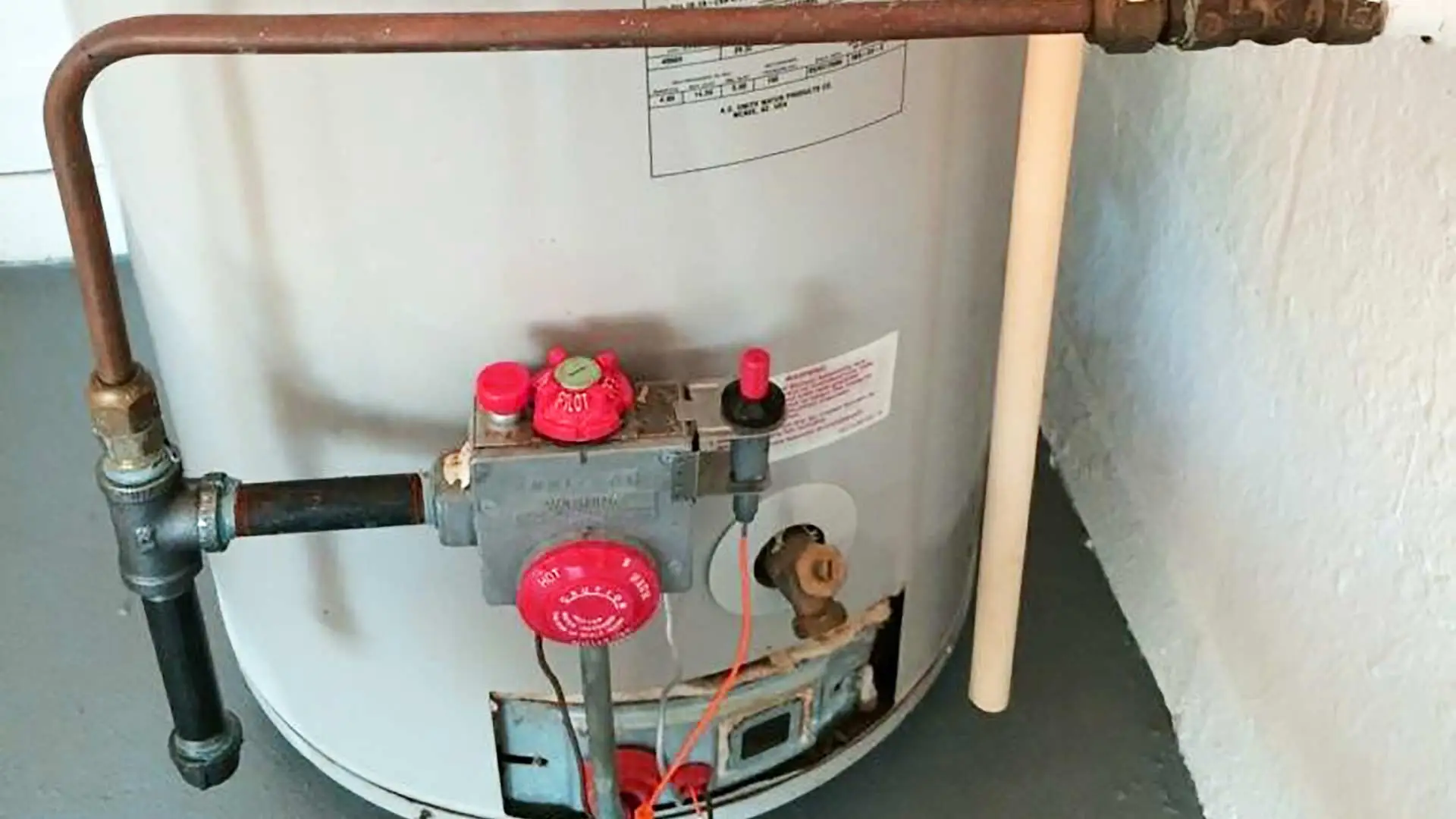
The answer to the question of what temperature to set your water heater varies depending on who you are talking to, and can be a personal preference from household to household. Typically, when you install a new water heater, it will be set to 140°F. According to OSHA, this is the standard that all water heaters should be kept at to avoid the buildup of Legionella bacteria in the water tank.
However, to reduce energy use, the EPA recommends that your water heater is set to 120°. This also prevents any issues with the water being set on too high of a setting, which can lead to scalding.
Why are water heater temperatures initially so high?
Manufacturers initially set the temperature to reflect 140° for a number of reasons.
- They are not necessarily concerned about your energy consumption; they are concerned with selling a product that is well received by consumers.
- When the water gets hot and stays hot, customers are satisfied. If they sell a water heater that does not heat up enough, it could upset customers and reflect poorly on the company.
- They are set high per OSHA standards to avoid the buildup of Legionella bacteria, which could cause serious health risks.
Testing Your Water Temperature
Are you curious to know if your water heater is set at the right temperature? Try testing your water for an accurate reading!
Remember: Heat rises and that is true of your water heater tank! Your temperature reading is an approximate, and not an exact, indication of its hot water levels.
Allow your water heater to sit untouched for about an hour before checking your temperature. Grab a cooking or candy thermometer and a coffee cup and go to the faucet nearest to your hot water tank. Allow the faucet to run for a full minute on hot to get an accurate reading. Fill up the cup, place the thermometer in it, and see what reading you get.
Adjusting your Water Heater Temperature
It is recommended that you contact True Plumbers & AC for assistance with adjusting your water heater, particularly if it is an electric water heater. However, here are the basic steps to adjusting your water heater, for both a gas and electric type:
Gas Water Heater

These are simple to adjust and take no time at all! Simply locate the dial on the front of the gas control valve and turn it to a setting that meets your needs. The warm setting sits approximately between 90-110° and the hot setting sits approximately between 140-150°.
Electric Water Heater

These are a bit trickier to make adjustments to and should be left for a professional to do. First, make sure to turn off the water heater breaker. You do not want to mess with a water heater when it is still operating. Next, remove the panels to gain access to the water heater. For a double element tank, you will remove both the upper and lower panels, and for a single element tank, you only need to remove the lower panel.
Once you have opened up the water heater, pull the insulation aside to reveal the thermostat. At the bottom of the thermostat is a thermostat adjustment screw. Using a flathead screwdriver, adjust the temperature to your needs. Place the insulation back over the thermostat and close up the panels before turning the unit back on.
Consider Investing in a Water Tank Booster
Another way to adjust the temperature on your water heater tank is to invest in a water tank booster. This device is a cost-effective solution for homeowners that allow them to increase the usable hot water capacity on their existing tanks. This valve helps deliver consistently hot water and reduces the risk of exposure to bacteria.
Call us for assistance with adjusting your water heater, or to have a new one installed.
Consider your options when it comes to the temperature in your water heater. Some people are energy conscious and go for a lower temperature, while others stick to OSHA recommendations. For additional assistance with your home water heater's adjustment or installation, contact True Plumbers & AC today at (863) 667-6364!




Thanks for your comment!
Thanks for your feedback! Your comments have been successfully submitted! Please note, all comments require admin approval prior to display.
Error submitting comment!
There is a problem with your comment, please see below.